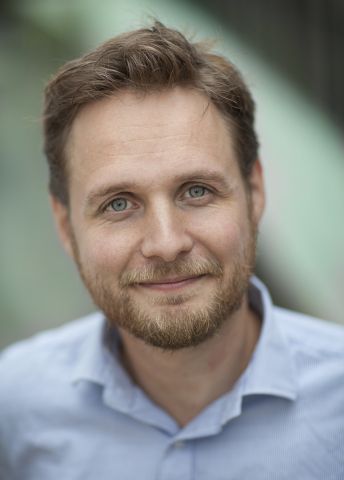
Emil Johansson Bergholtz
Professor of Theoretical Physics
Wallenberg Scholar
Institution:
Stockholm University
Research field:
Topological systems
Professor of Theoretical Physics
Wallenberg Scholar
Institution:
Stockholm University
Research field:
Topological systems
Topological physics explaining the quantum world
In recent years, topology has received a boost in physics as its mathematical tools can be used to explain unusual material states with interesting properties. Examples include topological insulators, which are materials that conduct current on the surface but not inside. Emil Johansson Bergholtz will explore the area further as a Wallenberg Scholar.
The list of known topological systems now includes topological insulators, superconductors and semimetals. These topological phases have first been predicted theoretically and subsequently identified in experiment. The reason for this very unusual order of events is rooted in the nature of topological phases: they are extraordinarily robust, but without knowing what to look for – typically the surface features – they are next to impossible to identify.
Johansson Bergholtz's research group intends to investigate what happens when you combine these exotic components. More specifically, they want to study strongly correlated phenomena from relative twists in moiré heterostructures of graphene and related materials as well as open dissipative systems that have topological properties that are strikingly different from those of isolated systems. The research group has made key contributions in both directions in recent years.
Synergistic effects of projects
The first sub-project builds on methods and insights they developed earlier, but with the new goal of identifying systems with non-Abelian anyons at high temperature.
The second project also contains a basic theoretical question about to what degree "non-Hermitian" phenomena can be realized in quantum mechanical many-particle problems, as well as a more applied aspect on realizing an earlier idea of non-Hermitian topological sensors.
Studying these topics in parallel, the group believes, can produce several synergistic effects: moiré systems are, for several reasons, ideal candidates for studying dissipative topological phenomena in the quantum world. Furthermore, methods and insights can be transferred between research areas and generally this type of cross-disciplinary research increases chances of serendipitous discovery.